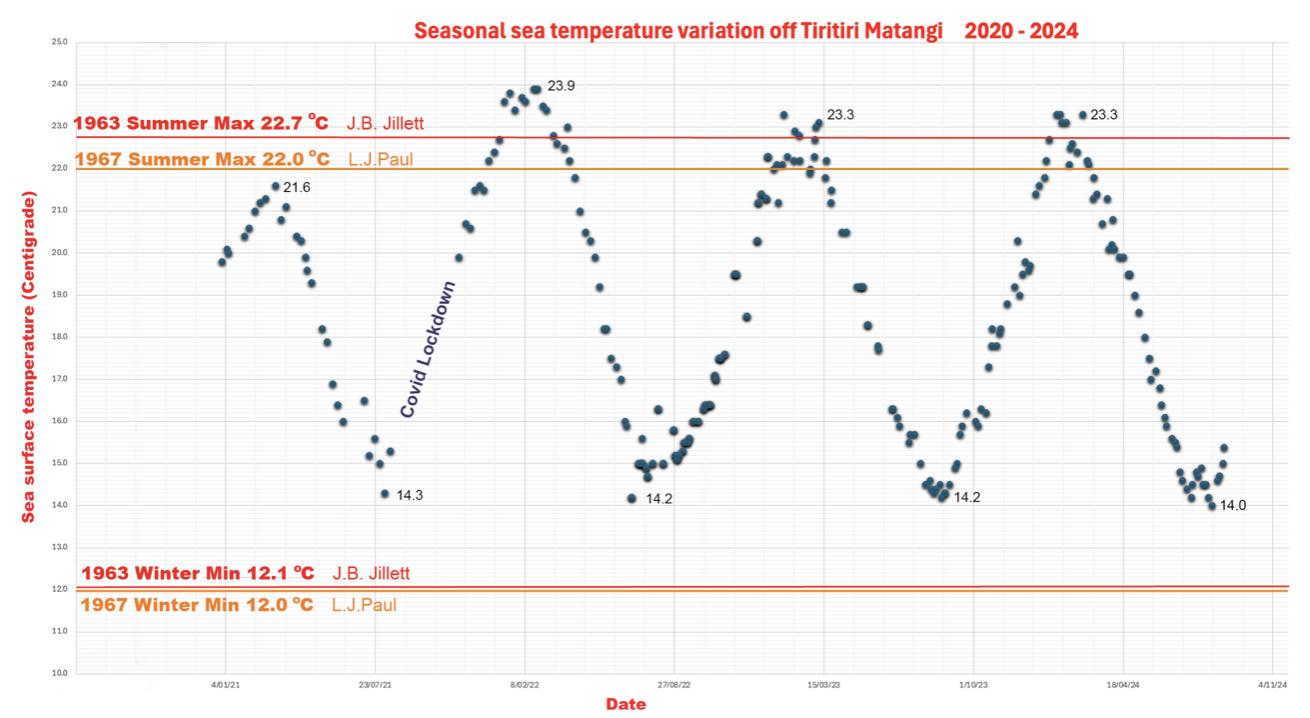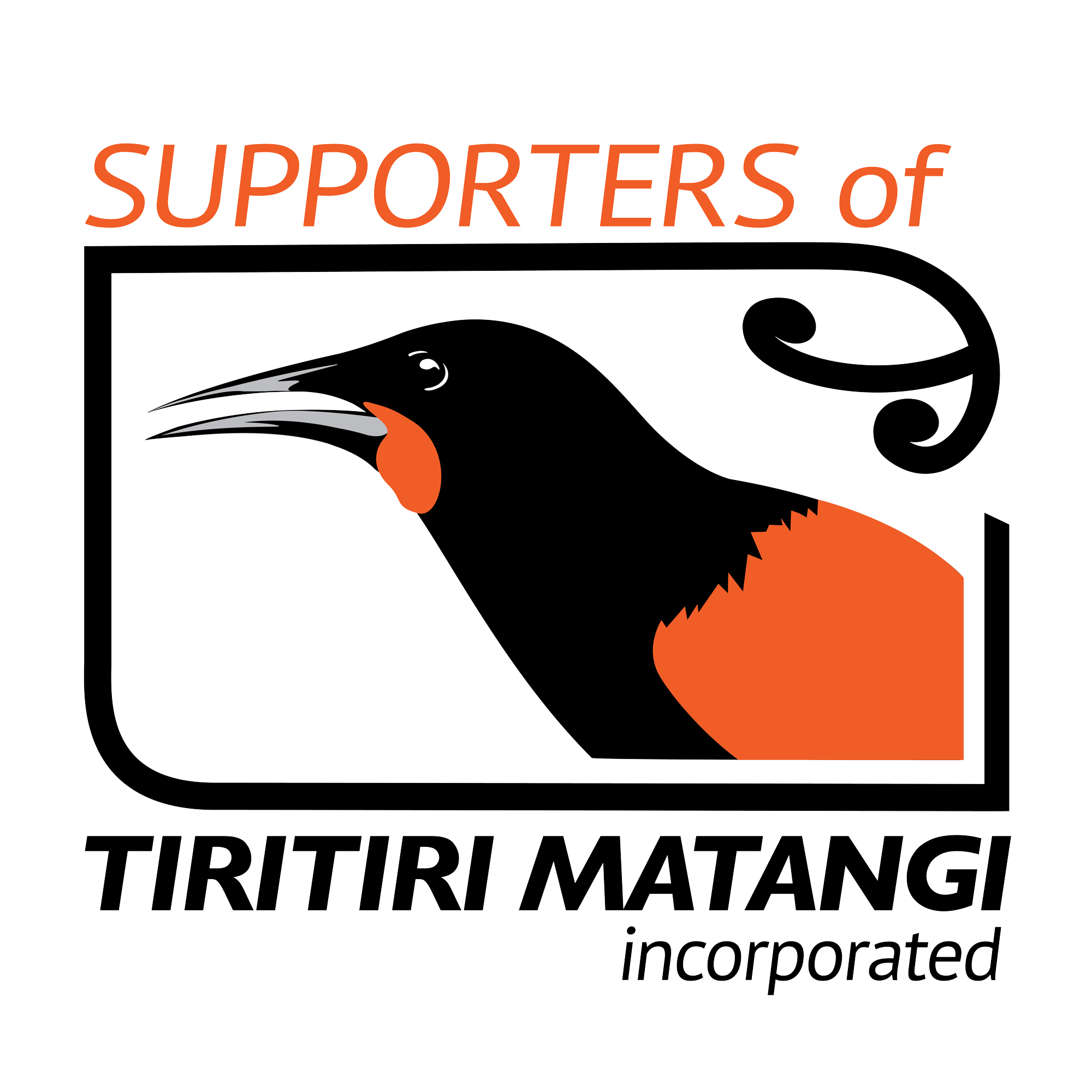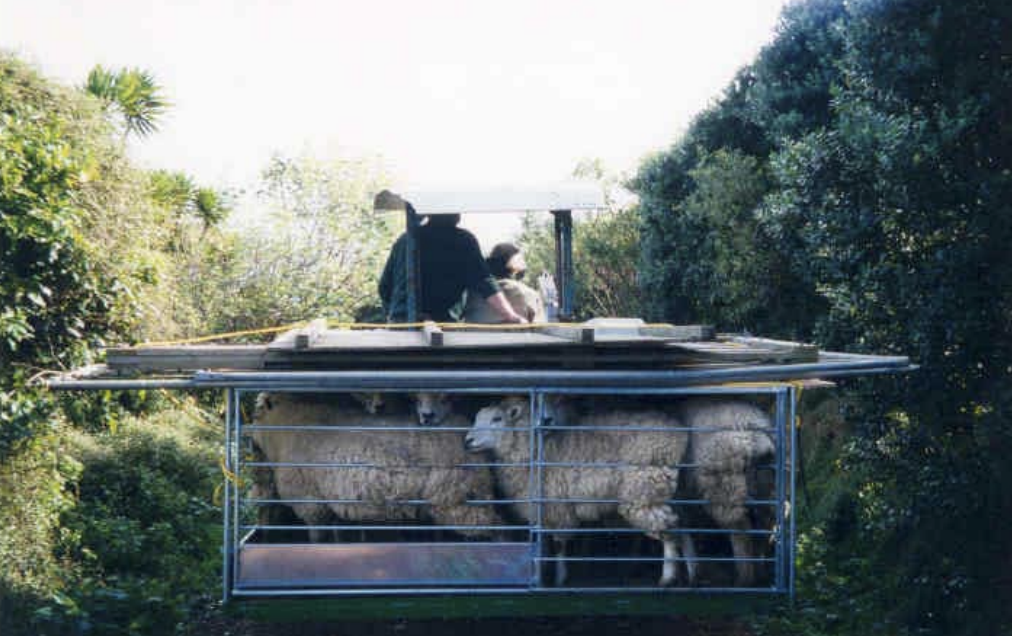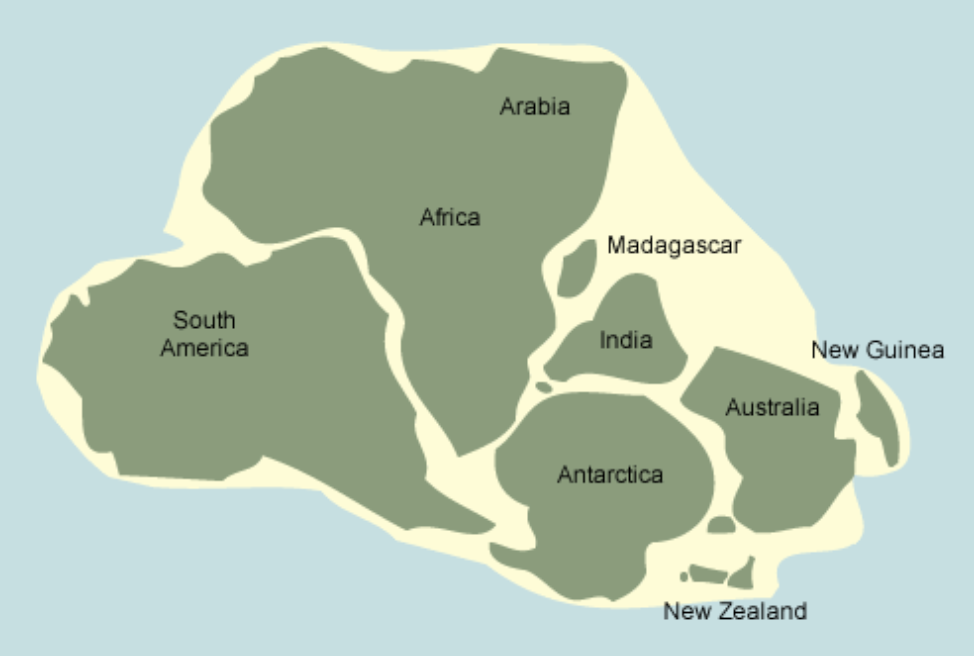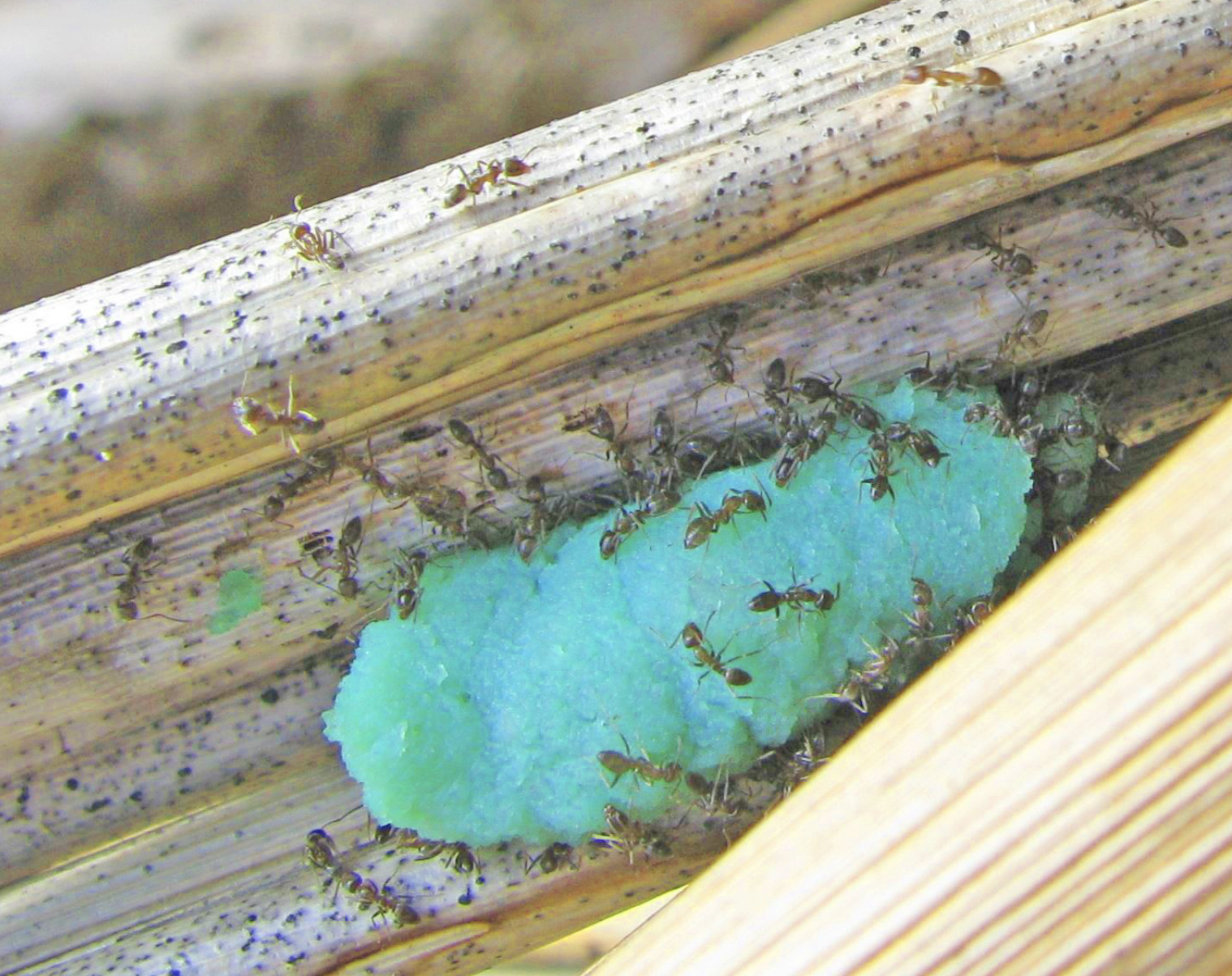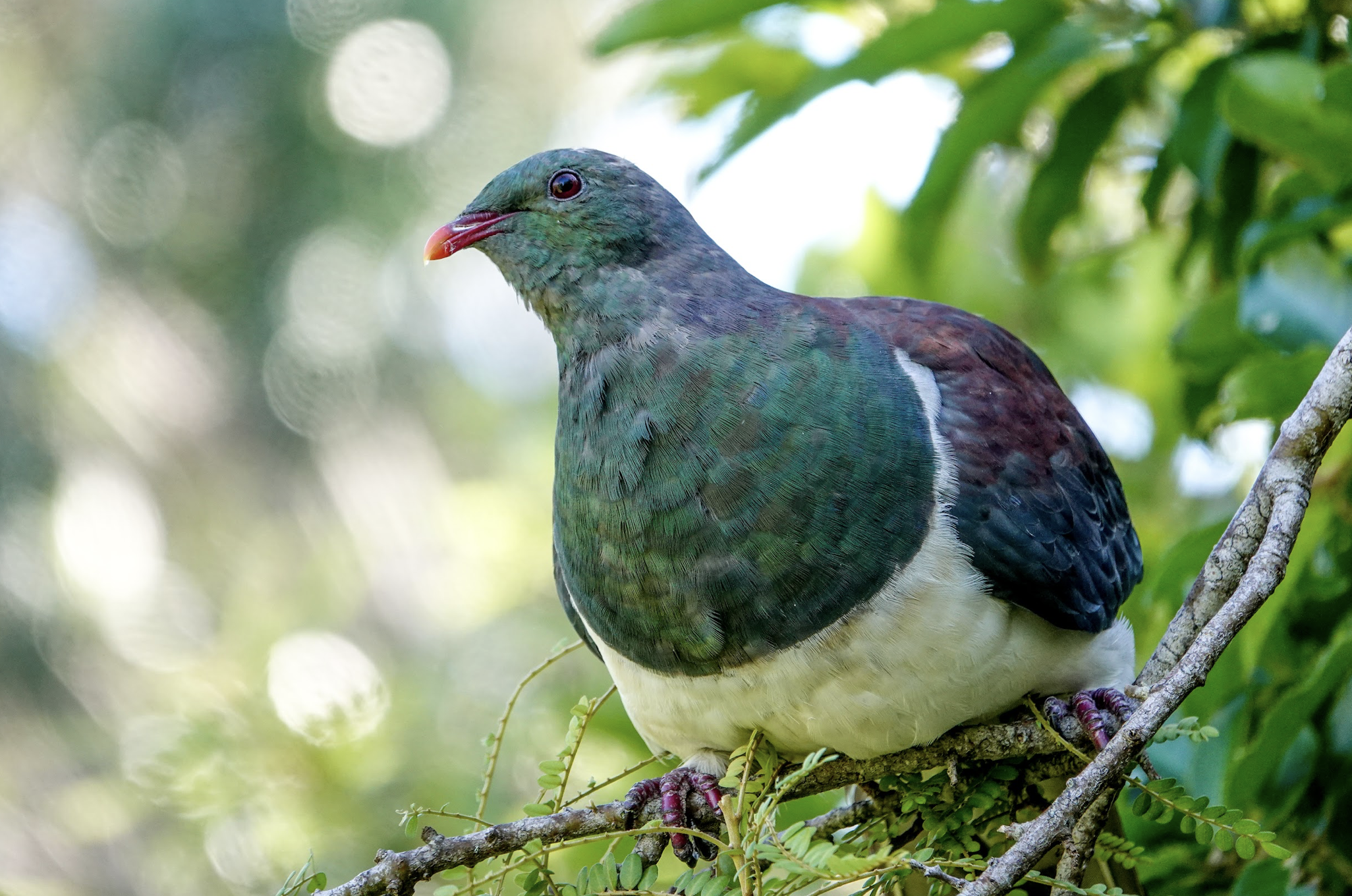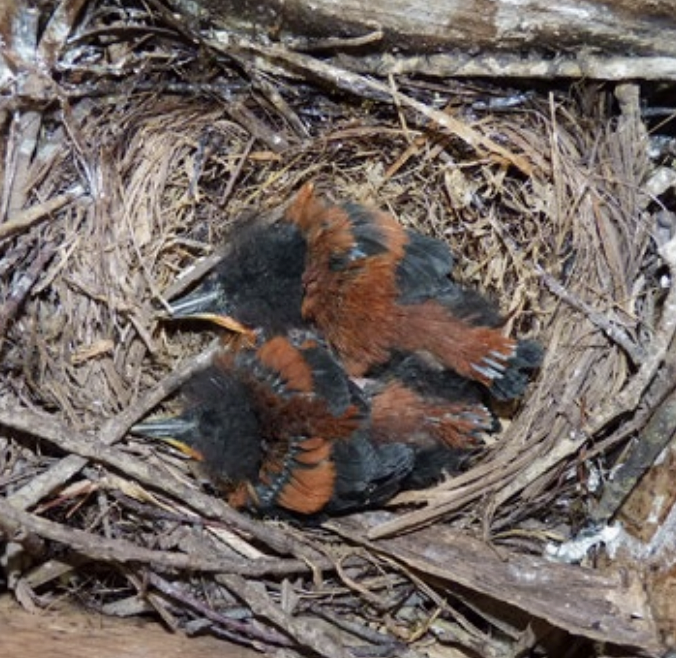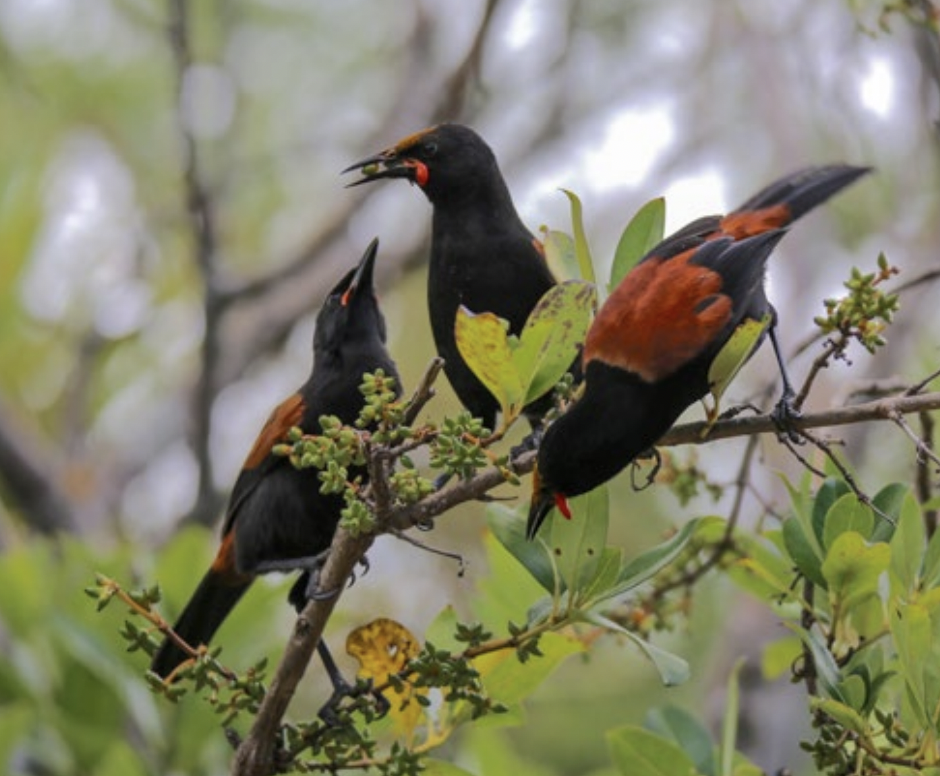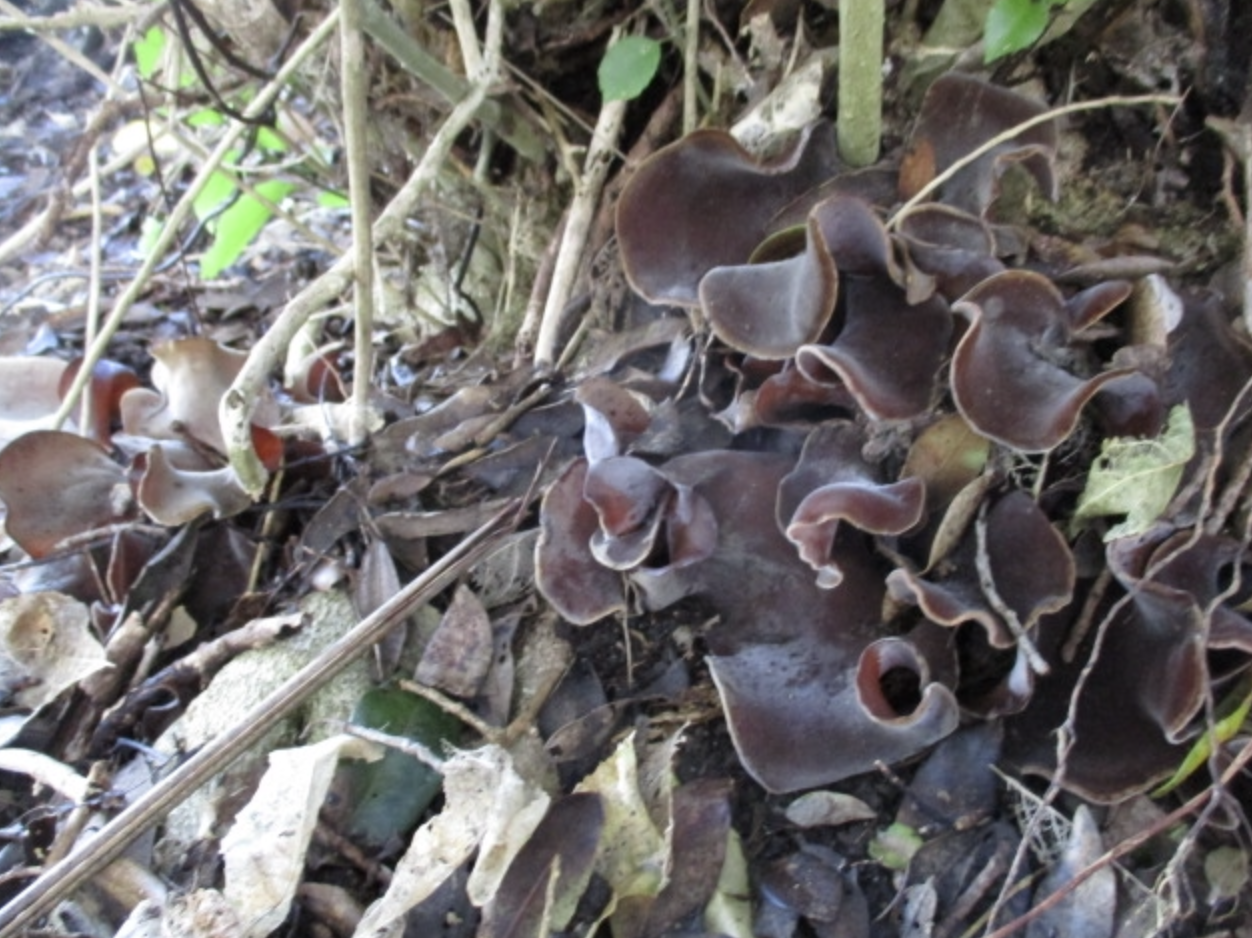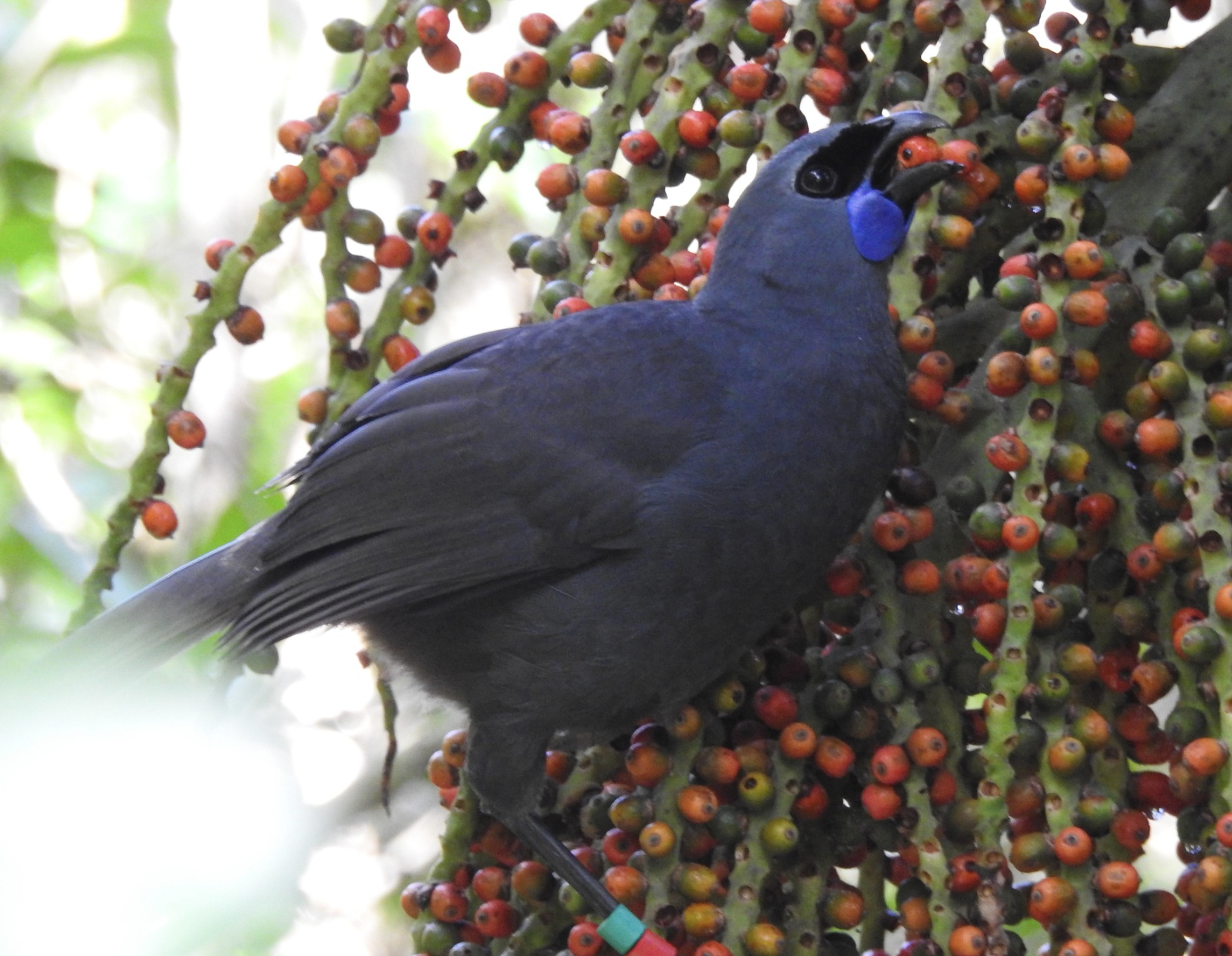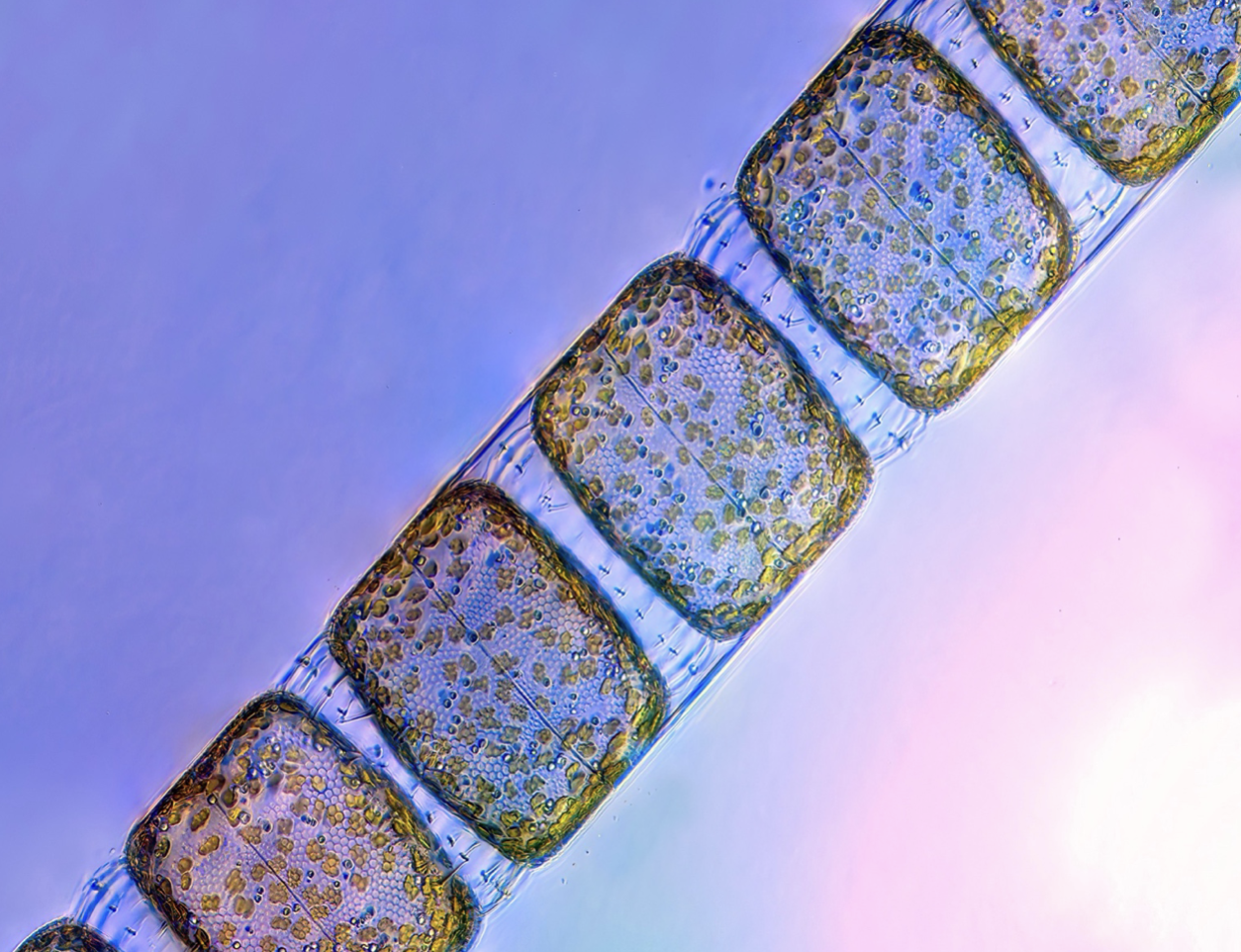It’s Time for Ewe to Go
It's time for ewe to goAuthor: Ray Walter, last lighthouse keeper and first Tiritiri Matangi Island RangerFrom the Supporters of Tiritiri Matangi Archives: Bulleting 51, Spring 2002As part of the revegetation of the south eastern paddock, it has been necessary to reduce the number of sheep. Approximately 60 sheep had been retained to keep the grass down until we were ready to replant the area.
It has been decided to keep a few sheep to graze the area between the lighthouse and the foghorn. Eventually, even these will go and all fences will be removed.
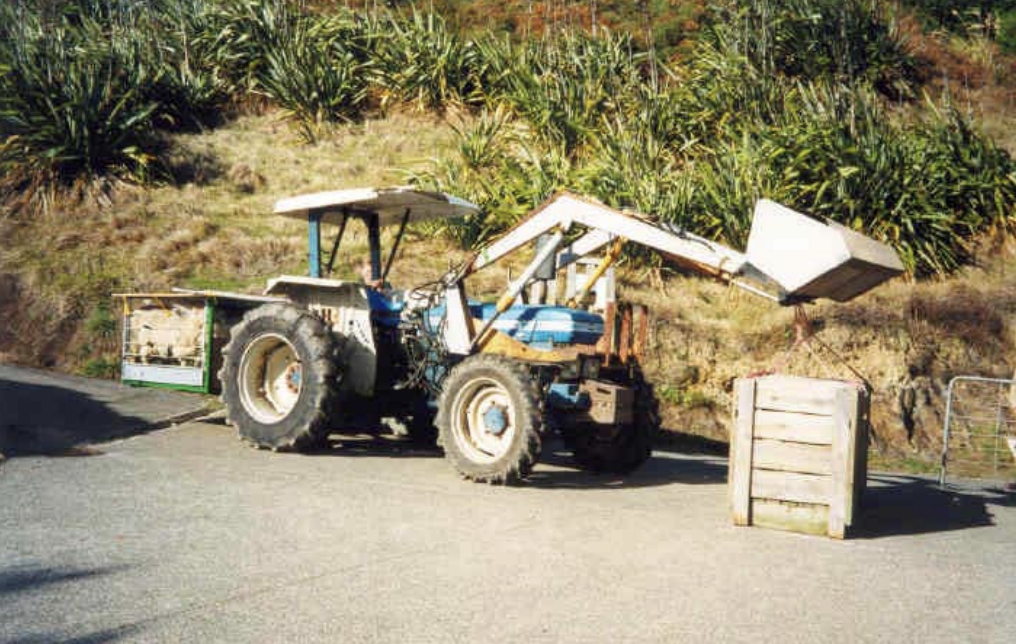
Mammals (Part 1): New Zealand’s Isolation from Gondwana
Mammals (Part 1): New Zealand's Isolation from GondwanaAuthor: Malcolm Pullan, GuideDate: October 2024As a guide, one of the first things I tell international visitors to Tiritiri Matangi is that New Zealand has no native land mammals apart from bats. I suspect many other guides do the same. It certainly is quite an unusual fact and accounts for so much of why New Zealand bird life (and indeed all New Zealand life) is the way it is. I wonder how many guides go on to explain the absence of land mammals by some variation of the statement that New Zealand broke away from the rest of the world about 60 MYA (million years ago) before mammals evolved? I know I did when I first started guiding. It was one of those statements that I sort of grew up with and didn’t think to question. I wasn’t guiding for long though before I did begin to wonder how true that statement really was, and so I began to dig a little deeper. It turns out there are several things wrong with the crude statement: “New Zealand broke away from the rest of the world about 60 MYA before mammals evolved.” The truth—or at least the best current guess at the truth (because science is always evolving as new facts come to light)—is even more fascinating. This article and the next two give a summary of the latest thinking on the story of mammals in New Zealand. This story goes under three…
Argentine Ants on Tiritiri Matangi
Argentine AntAuthor: Chris Green, Department of ConservationDate: From the Supporters of Tiritiri Matangi Archives, Dawn ChorusHeader photo: Chris GreenSupporters of Tiritiri Matangi Archives, Dawn Chorus, Autumn 2000 Ten years ago a new immigrant species slipped quietly into New Zealand, arriving in Auckland and establishing itself in Onehunga, just prior to the Commonwealth Games in 1990. That immigrant was the Argentine ant (linepithema humile) and initial surveys quickly revealed it to be quiet widespread. It was decided that there would be no welcoming committee dishing out pesticide sprays, or free food laced with insecticide, as has been the scenario when insect pests such as fruit fly or tussock moth arrived. Those entomologists “in the know” however, knew that New Zealand had come of age with this arrival of one of the world’s most invasive pest ant species. The Argentine ant is a native of South America and has been invading overseas countries, including North America, Hawaii, South Africa, and Australia, for more than 50 years. Since its arrival in New Zealand, Argentine ant has spread to many areas in the Auckland Region, established itself in Tauranga and Morrinsville, and has recently been reported from Christchurch, Gisbourne and west of Dargaville. Now it has been found on Tiritiri. Argentine ants are small-two to three…
MinterEllisonRuddWatts (MERW), our primary corporate partners
MinterEllisonRuddWatts (MERW), our primary corporate partnersAuthor: Debbie Marshall, Operations ManagerDate: September 2024Header photo: Jonathan MowerMinterEllisonRuddWatts (MERW), are our primary corporate partners. Their stated purpose is “Working with you to help shape New Zealand’s future”. They are very involved with Supporters of Tiritiri Matangi (SoTM) under the auspices of their Community Investment Programme. At the recent SoTM AGM, Stephanie de Groot, Partner; environment, planning and resource management, told members that “.. the pillars of our sustainability strategy are Environment, People and Practices. These focus on responsible consumption and production of goods and services, striving towards nett zero by 2050, being an inclusive and equitable place to work, doing what matters for their people and communities, and partnering with clients and others to tackle sustainability issues”. Their legal team have looked at our procedures in terms of the Health & Safety Act 2015, the proposed accommodation facility and the concessions SoTM has with the Department of Conservation. They also offer support in areas of Human Resources, Finance, Marketing, Business Development and IT. Since they joined up in June of 2023 most of their partners and staff have come to the motu, in groups of 10-12, working with our guides doing track trimming…
Flower feast week on Tiritiri Matangi as the island begins its spring flower display
Flower feast week on Tiritiri Matangi as the island begins its spring flower displayAuthor: Jean Goldschmidt, guideDate: 15th August 2024Header image credit: Kay MiltonFlower feast week on Tiritiri Matangi as the island begins its spring flower display. Carpets of yellow cover the tracks under kowhai trees as the tūī rummage and attack each flower sending discarded petals to the ground. Too soon these delicious golden bell-like flowers will be gone leaving the ravaged trees to begin their cycle of regrowth once more. The children in my group today do not hunt for the spectacular but are seeking the more modest flowers of Aotearoa, which they find hiding in the foliage. Our insect-pollinated flowers may be tiny but they are significant as the birds feed on their pollen and litter the ground with the carcasses. As the only group walking up the road these exuberant, energetic ten-year-olds make the most of the freedom to leap ahead when they glimpse a bird, call out a name, listen for the call of the tieke or rush to the record sheet to check off their sighting. Standing still is impossible so any offering from me is brief. After the first experience with the magnifying glasses, they desire nothing else. Their fascination knows no bounds as they hold the glass to every leaf, feather, stalk, or stone. Under a pūriri, flush with ruffled new dark green…
The tīeke/saddleback scheme and what it can teach us
Celebrating 40 years of tīeke/saddleback on Tiritiri MatangiAuthor: Kay Milton and John Stewart, Biodiversity Sub-CommitteeDate: May 2024, Dawn Chorus 137Header image credit: John SibleyWhen tīeke/saddleback arrived on Tiritiri Matangi in 1984, it was truly the beginning of an era. Not only did they bring new sights and sounds to enrich the experience of anyone visiting the Island, they also marked the beginning of a project that would consume many working hours over the subsequent 40 years and which continues to this day. In 1984, only a small fraction of the original bush cover remained, and the planting programme was only just getting underway. This meant there were very few sites where tīeke could nest, so boxes were provided for this purpose. There were 360 boxes, but regularly monitoring this number proved difficult, and, as the bush planted between 1984 and 1994 has matured, an increasing number of ‘natural’ sites has become available. Between 2008 and 2012, the number of boxes was reduced to a level that could be more easily managed by a team of volunteers. Since then, it has been relatively stable at around 150-160 boxes. Barbara was tasked with the responsibility of checking the boxes once a week during the season, and twice a week when eggs were hatching. This was quite a laborious task, which required a great deal of dedication, attention to…
Celebrating 40 years of tīeke/saddleback
Celebrating 40 years of tīeke/saddleback on Tiritiri MatangiAuthor: Stacey Balich, GuideDate: May 2024, Dawn Chorus 137Header image credit: John SibleyIn 1984, 24 tīeke/saddleback from Cuvier Island were released on Tiritiri Matangi. They quickly established themselves with the help of nest boxes, roost boxes and regenerating bush. This year marks the 40th anniversary of their arrival, and, to celebrate this, Barbara Walter shared with me her experiences and stories from the early years. Dr Tim Lovegrove (Auckland Regional Council Heritage Department scientist) coordinated the translocation from Cuvier Island. The 24 tīeke, comprising six breeding pairs and 12 juveniles, came from five different areas of Cuvier Island and had distinct dialects. In order to preserve these distinctions, they were released in five different areas on Tiritiri Matangi: Bush 1, Bush 2, Wattle Valley, Bush 21, and Bush 22 (see Figure 1). At the start, 360 nest boxes were made by the North Shore Forest and Bird branch, coordinated by Eric Geddes, who used to travel to the Island on a small runabout from Army Bay. There were some differences in how the boxes were made. Some were short and some were long, both types having a V shape for the opening. Later a grill was added to the opening to prevent mynas and ruru from getting in, especially ruru, as they were getting in and…
Soil: what helps create and maintain it
Soil: what helps create and maintain itAuthor: Libby May, GuideDate: September 2024Healthy soil is fundamental to our continued healthy life. It provides plants, filters and manages the volume of rainwater, hosts an enormous biodiversity both above and below ground and it can tell us about our past as well as protect our future. It’s a huge carbon pool, absorbing carbon dioxide from the air – 1,500 billion tonnes of carbon globally – almost three times more carbon than in all above ground biomass including trees, shrubs and grasses. According to the Land Care Research Soils portal, each year unsustainable land management around the globe is responsible for around 24 billion tonnes of fertile soil being contaminated, washed off the land or blown away by the wind. In New Zealand it’s 192 million tonnes a year. (1) It’s not a speedy process, creating healthy, rich, fertile soil. Its origins start with bare rock and sediment surfaces being weathered and disintegrating under the influence of climate. Over time the surface becomes available to vegetation, lead by lichens (of which we have an abundance on Tiritiri Matangi) which will root in any cracks they can find such as the greywacke we see on the Wattle Track. A thin layer of vegetation will gradually build up and in the fulness of time start decomposition which in turn produces organic acids. These help…
Spring has definitely sprung!
Spring has definitely sprung!Author: Neil Davies, GuideDate: September 2024Photos credit: Neil DaviesSunday 1st Sept. On Sunday Mary-Ann and I were over on the island checking tracking tunnel cards as part of our on-going monitoring programme. Nothing untoward and just the usual critters showing up on the cards – footprints of birds, weta, wētā punga, skinks, tuatara and Duvachel gecko to name a few. However, it was impossible not to be taken by the level of bird song, even in the middle of the day, which indeed sounded like the ‘dawn chorus’. There were lots of encounters with kōkako, hihi, korimako, tūī, pōpokotea and tīeke as well as several tuatara spotted outside their burrows. I think they were celebrating the return of sunshine and mild temperatures after the heavy rain, thunder and lightning from the weather ‘bomb’ that passed over on Saturday night. Things definitely seem to be warming up and Spring has definitely sprung! Kōwhai and karo are still blooming prodigiously all over the island and the ground is now being carpeted with yellow flower petals and the deep crimson colour of the karo flowers. It also looks like it’s going to be an exceptional year for harakeke (flax) with a huge number of flower spikes and the first flowers already opening (I haven’t seen any on the mainland yet). Rewarewa has started to flower too which also seems…
Tropical newcomers thrive as our sea temperatures continue to increase off Tiritiri Matangi
Tropical newcomers thrive as our sea temperatures continue to increase off Tiritiri MatangiAuthor: John Sibley, GuideDate: August 2024Photos credit: John SibleyOnce again in 2024 the winter minimum sea temperature off Tiritiri Matangi stayed two degrees higher than the historical recorded average 50-60 years ago.
